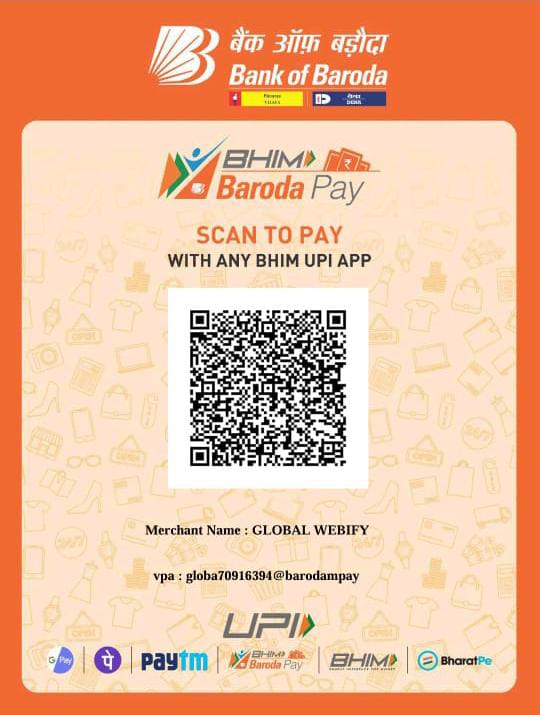Imagine trying to sell winter coats to people living in a tropical climate. Without understanding your audience, your campaigns are likely to miss the mark. This is where buyer personas come in—a strategic tool to ensure your marketing resonates with the right people. In this guide, we’ll explore what buyer personas are, why they’re essential, and how to create them effectively.
What Is a Buyer Persona?
A buyer persona is a detailed, semi-fictional profile that represents your ideal customer. It’s built using real data, market research, and insights from your existing audience. Think of it as a “character sheet” that humanizes your target audience, helping you understand their:
- Demographics (age, gender, location, income)
- Goals and challenges
- Buying habits and preferences
- Pain points and motivations
- Preferred communication channels
Example:
Startup Steve
- Role: Founder of a tech startup
- Goals: Scaling his business, securing funding
- Challenges: Limited budget, lack of marketing expertise
- Preferred Content: LinkedIn articles, case studies, and webinars
Unlike a generic “target audience” (e.g., “small businesses”), a buyer persona dives deeper into the why behind customer decisions.
Why Buyer Personas Are Crucial for Your Campaigns
Here’s why investing time in buyer personas pays off:
1. Sharper Targeting
Personas help you segment your audience and tailor messaging to specific needs. For instance, a SaaS company might craft different ads for Startup Steve (budget-conscious) vs. Enterprise Emma (focused on security).
2. Personalized Messaging
72% of consumers only engage with personalized content (SmarterHQ). With personas, you can speak directly to your audience’s pain points.
- Bad: “Our software is great for businesses!”
- Good: “Scale your startup faster with budget-friendly CRM tools.”
3. Better Product Development
Understanding personas helps you design solutions that solve real problems. If Startup Steve struggles with cash flow, a payment plan feature could be a game-changer.
4. Higher ROI
Targeted campaigns waste less budget on irrelevant audiences. HubSpot reports that personalized emails drive 6x higher transaction rates.
5. Stronger Customer Retention
Personas guide post-purchase engagement, like loyalty programs tailored to Frugal Fiona or premium support for Enterprise Emma.
How to Create a Buyer Persona in 5 Steps
Step 1: Conduct Research
Gather data from:
- Surveys: Use tools like Typeform or SurveyMonkey.
- Interviews: Talk to loyal customers about their goals and challenges.
- Analytics: Study website behavior (Google Analytics) and social media insights.
- Sales Teams: Identify common objections and FAQs.
Step 2: Identify Patterns
Look for trends in demographics, pain points, and buying triggers. Group similar traits into personas.
Step 3: Build Detailed Profiles
Include:
- Name and Photo: Makes the persona relatable (e.g., Marketing Mary).
- Background: Job role, industry, company size.
- Goals vs. Challenges: “Increase website traffic” vs. “Lack of SEO knowledge.”
- Preferred Channels: Do they read blogs, watch YouTube, or attend webinars?
Template:
 Include a visual template if possible.
Include a visual template if possible.
Step 4: Validate with Real Data
Test your personas against actual customer behavior. Adjust if analytics show discrepancies.
Step 5: Share Across Teams
Ensure sales, marketing, and product teams align strategies with personas.
Common Buyer Persona Mistakes to Avoid
- Guessing Instead of Researching
Assumptions lead to flawed personas. Base profiles on real data.
- Creating Too Many Personas
Focus on 3–5 core personas to avoid dilution.
- Ignoring Negative Personas
Identify who isn’t a good fit (e.g., freelancers for enterprise software).
- Forgetting to Update
Refresh personas annually or as markets evolve.
Tools to Build Buyer Personas
- HubSpot’s MakeMyPersona: Free generator for structured profiles.
- Xtensio: Collaborative persona-building templates.
- SparkToro: Analyzes audience interests and behaviors.
Real-World Example: How Personas Boosted Conversions
A fitness brand created two personas:
- Busy Brenda (30–45, seeks quick home workouts)
- Gym Greg (18–30, wants advanced training plans)
They tailored Instagram ads:
- Brenda saw 15-minute workout reels.
- Greg received posts about muscle-building supplements.
Result: 40% increase in click-through rates and 25% higher sales.
Final Thoughts
Buyer personas are the backbone of effective marketing. They transform vague audiences into relatable individuals, ensuring your campaigns hit the right notes. Start by interviewing customers, identifying patterns, and building profiles—your future ROI will thank you.











